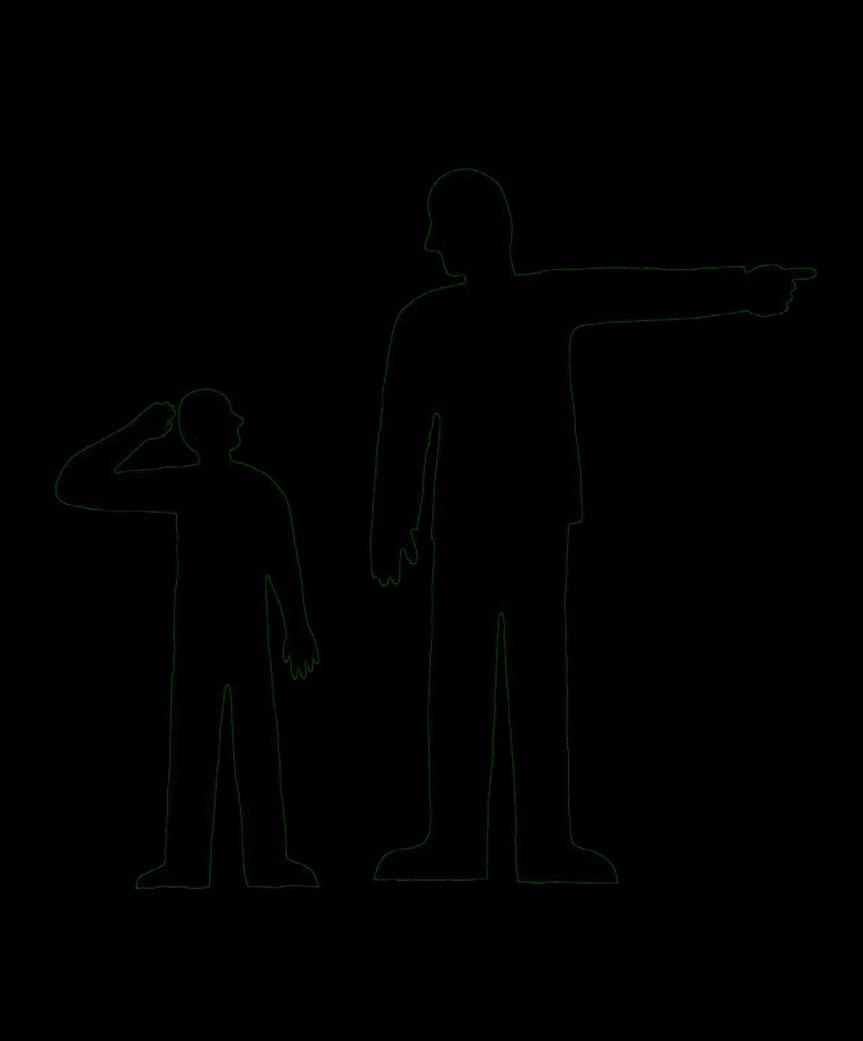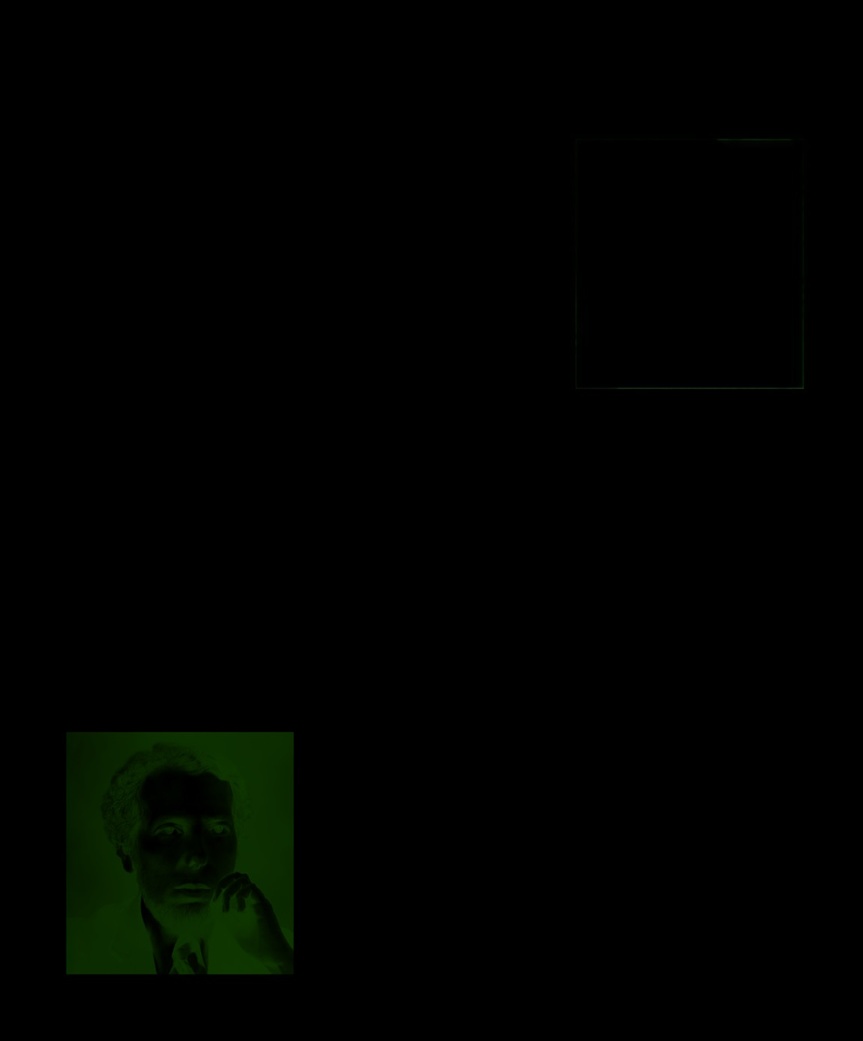The Psychology Book (77 page)
Read The Psychology Book Online
Authors: Unknown

SOCIAL PSYCHOLOGY 245
See also:
Leon Festinger 166–67 ■ Solomon Asch 224–27 ■ Melvin
Lerner 242–43 ■ Stanley Milgram 246–53 ■ Philip Zimbardo 254–55
is therefore important that,
before diagnosing people as
psychotic, social psychologists
make every effort to understand
the situations people have been
facing and the pressures that
Some situational variables can
were operating on them when the
move a great proportion of us
abnormal behavior took place.
‘normal’ adults to behave in
very unappetizing ways.
Cognitive dissonance
Elliot Aronson
To illustrate his point, Aronson cites
Elliot Aronson
an incident that took place at Kent
State University, Ohio, in 1970 in
Elliot Aronson grew up in
Massachusetts, during the
which members of the Ohio National
Great Depression. He won a
Guard shot and killed four unarmed
scholarship to attend Brandeis
students, wounding nine others.
University, where he earned
Some of these students had been
his bachelor’s degree, before
protesting against the American
false, did not reflect the beliefs of
completing a master’s degree
invasion of Cambodia, but others
psychotic minds, but rather the
at Wesleyan University and a
were simply crossing the campus.
attempt of pressured and conflicted
PhD at Stanford University.
The reason for the shootings
minds to find relief.
He has been a professor at
remains ambiguous, but the fact
The conflict felt by these people
several universities, including
that it was tragically unnecessary
is known as “cognitive dissonance,”
Harvard and Stanford.
is clear. However, in the aftermath,
an unpleasant feeling experienced
Throughout his career,
one Ohio schoolteacher (as well as
when two or more of one’s beliefs are
Aronson has tried to use
National Guard members) asserted
inconsistent. In order to reduce this
his research findings to
that the students had deserved to
dissonance, people change their
improve the human condition
die, and rumors spread quickly that
attitudes, beliefs, and actions, even
and reduce prejudice. In
recognition of his work, he
the slain girls were either pregnant,
if this involves justifying or denying
was given the William James
had syphilis, or were filthy. Aronson
cruelty against others. This, Aronson
Award and the Gordon Allport
argues that these rumors, though
claims, is what happened after the
Prize, and was included in the
Kent massacre. The townspeople
list of the 100 most influential
wanted to believe in their National
psychologists of the 20th
Guards’ goodness, and this meant
century, published by the
believing their victims deserved to
Review of General Psychology
.
die. The idea that the slain had
He is the only person to have
been wanton and dirty comforted
won all three awards offered
the people, relieving the emotional
by the American Psychological
conflict of believing that innocent
Association: for writing,
students were needlessly killed.
teaching, and research.
Aronson claims that anyone
could behave this way under similar
Key works
circumstances. By understanding
1972
The Social Animal
the reasons why people justify or
The Kent State University
1978
The Jigsaw Classroom
deny the use of cruelty, we may be
shootings
, in which four students
2007
Mistakes Were Made
better placed to mediate or prevent
were shot dead by the National Guard,
(but not by me)
caused the emotionally conflicted
it in wider social contexts, such as
townspeople to denigrate the victims.
war or social prejudice. ■

PEOPLE
DO WHAT THEY ARE
TO
STANLEYL
MI D
LGRA TO
M (1933–19 D
84)
O


248 STANLEY MILGRAM
IN CONTEXT
APPROACH
S
ocial psychologist Stanley merely because he was ordered
Milgram dramatically
to do so? His study went on to
changed our understanding
demonstrate important aspects of
of human obedience when he
the relationship between authority
Conformism
published
Behavioral Study of
and obedience, and it remains one
BEFORE
Obedience
in 1963. This paper
of the most controversial experiments
contained results of an experiment
in the history of psychology.
1939–45
During World War II,
that seemed to suggest that the
approximately six million Jews
majority of people are capable of
The power of the group
are systematically killed on the
causing extreme harm to others
Milgram believed that it was the
orders of Nazi Germany.
when told to do so by a figure of
situation of World War II and the
1950
Solomon Asch
authority. It also caused people
compulsion to obey—rather than
demonstrates the power
to question the ethical limits of
the dispositions of the Germans—
of social pressure to make
psychological experimentation.
that had enabled Nazi cruelty. He
people conform in his
Milgram became particularly
maintained that the behavior was
line-task experiments.
interested in studying obedience
a direct result of the situation, and
during the trial of German Nazi
any of us might have behaved
1961
Nazi war criminal Adolf
war criminal Adolf Eichmann. The
identically in that very same
Eichmann is tried, and claims
prevailing view was that there was
context. In the late 1950s, Milgram
he was just “following orders.”
something inherently different
had worked extensively with
AFTER
about the 20th-century Germans;
Solomon Asch on his conformity
in the 1950s, psychologists such as
studies and had witnessed people
1971
Philip Zimbardo conducts
Theodor Adorno had suggested
agreeing with the decisions of a
his prison experiment, which
that the Germans had certain
group, even when they knew
demonstrates that in certain
personality characteristics that
these decisions to be wrong. The
situations, otherwise good
made them specifically susceptible
experiments showed that people
people can perform evil deeds.
to committing the atrocities of the
are prepared to do or say things
1989
American psychologists
Holocaust. Eichmann, however,
that conflict with their own sense
Herbert Kelman and V.L.
claimed he had just been “following
of reality. Would they also allow
Hamilton state that members
orders,” so Milgram set out to
their moral judgments to be
of a group obey authority when
investigate if this could be true—
affected by the authority of a
they accept its legitimacy.
would an ordinary person lay aside
group or even a single figure?
what he knew to be right or wrong
The Milgram experiment
Milgram set out to test whether
normally kind, likeable people could
be made to act against their own
Humans are
socialized
moral values in a setting where
People do what
to be obedient
from
some kind of authority held sway.
they are told to do.
an early age.
He devised an investigation of how
obedient a selection of “ordinary”
men would be when they were told
by an authority figure to administer
electric shocks to another person.
The experiment took place in a
laboratory at Yale University in 1961,
We feel
compelled to
…even when this
where Milgram was a professor of
comply
with the commands
conflicts
with our
psychology. The participants were
of authority figures…
own
moral values
.
recruited through a newspaper
advertisement, and a total of 40 men
were selected from a wide range of

SOCIAL PSYCHOLOGY 249
See also:
Solomon Asch 224–27 ■ Serge Moscovici 238–39 ■ Philip Zimbardo 254–55 ■ Walter Mischel 326–27
labels that indicated the intensity
of different ranges of shock levels,
from “slight shock” at one end, to
“extreme intensity shock,” “danger:
severe shock,” and finally, one
marked simply “XXX,” at the other.
The most famous
The role of the experimenter
and controversial of all
or “scientist” was played by a
obedience experiments.
biology teacher who introduced
Richard Gross
himself to the participants as
Jack Williams. In order to give the
impression of authority, he was
